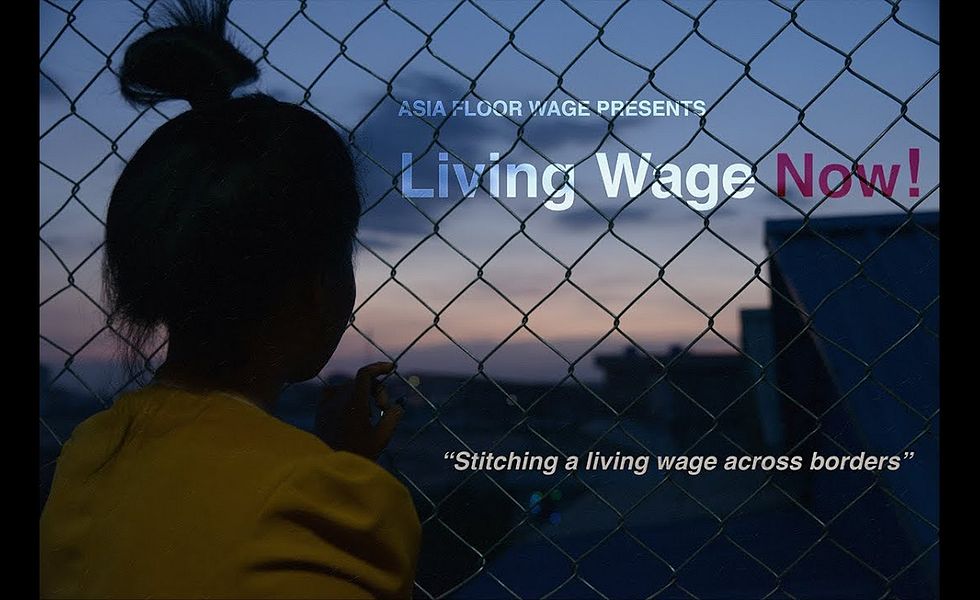Living Wage
 ©
Rowan Thornhill
©
Rowan Thornhill
There are between 60 and 75 million people working in the textile, and garment and shoe manufacturing industries at global level. The refusal to pay these people a living wage can be assimilated to a violation of human rights. Many of the big fashion brandshouses have their headquarters in Switzerland; and it is here that they plan their commercial activities for the whole world. Most of these companies refuse to commit to paying their workers a living wage, and make profits at three different levels: in the countries where the goods are produced, where they buy from factories at rock- bottom prices; in Switzerland, where they find profitable markets to sell their products; and finally they are taxed at a very low rate.
The right to a living wage is included in the Universal Declaration of Human Rights, in article 23 paragraph 3:
Everyone who works has the right to just and favourable remuneration, ensuring for himself and his family an existence worthy of human dignity, and supplemented if necessary by other means of social protection.
The International Labour Organisation (ILO) has included the right to a living wage in various conventions, especially:
- Conventions 131 and 156 and Recommendations 131 and 135
- The Constitution of the ILO in 1919
- The Philadelphia Declaration of 1944
- And the ILO Declaration on Social Justice for a Fair Globalisation 2008
What is a living wage?
The Clean Clothes Campaign defines it as one that:
- Applies to all workers: there should be no lower wage paid
- Is paid for a standard week’s work that may under no circumstances exceed 48 hours
- Is composed of a basic salary for a standard working week, excluding special allowances, bonuses or overtime
- Covers basic needs of the employee and his/her family, on the basis of a family of two adults and two children
- Allows employees a discretionary amount of income that represents at least 10% of the amount required to cover his or her basic needs.



